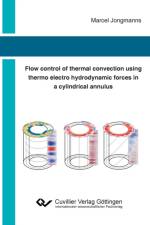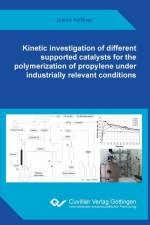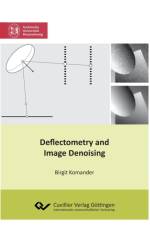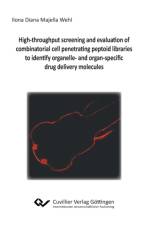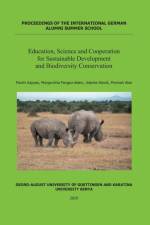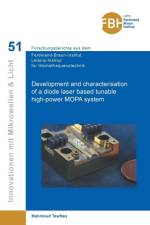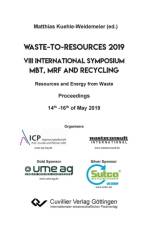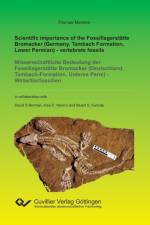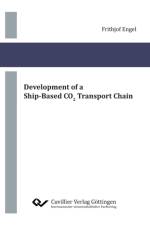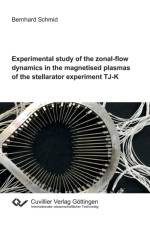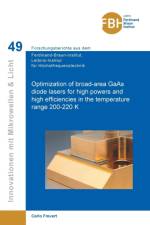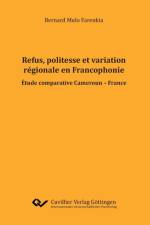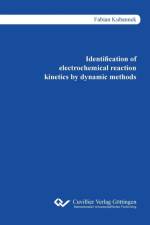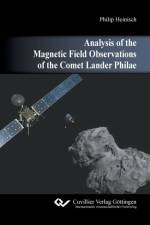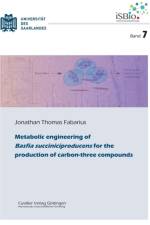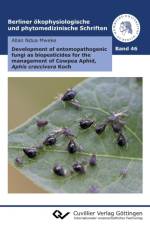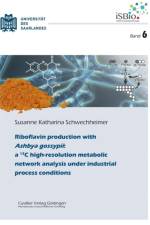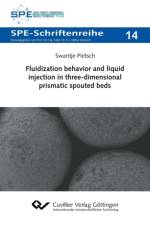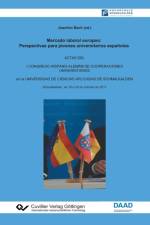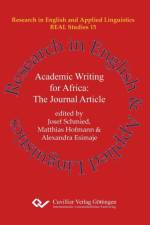av Susanna Maria Llado Maldonado
491
The miniaturisation of bioreactors to the microliter-scale and the integration of online sensors for monitoring the most important process variables during the cultivations is a promising approach for the screening and optimization of cultivation and biocatalysis processes, enabling information-rich, parallelised and cost-effective experiments under well-controlled environmental conditions. The main advantages of microbioreactors (MBRs) are minimization of space and reagents, their easy manipulation, and their high-throughput screening potential, which make them very interesting tools to develop bioprocesses.This thesis is focused on the development of MBRs and the sensor integration for monitoring optical density (OD), dissolved oxygen (DO), pH and glucose as well as their validation for different biotechnological applications.On the basis of a developed PDMS-based MBR, a borosilicate glass-based microbubble column-biroeactor (gµBC) (working volume of 60 µL, aeration occurs through a nozzle with Ø =26 µm) was designed and manufactured by wet etching and powder blasting technology. The gµBC proved to have good oxygen transfer capacity, reaching kLa values up to 320 1/h and fast mixing times ¿95 down to 5.5 s when working at a gas superficial velocity uG of 2.25·10-3 m/s. The mixing performance was simulated using a simplified CFD model, and the tracer profile yielded a good qualitative prediction that was comparable to the experimental results, presenting a tolerable deviation of the mixing times. The gµBC was validated as a suitable cultivation screening tool with a batch cultivation of Saccharomyces cerevisiae with the real-time online monitoring of OD and DO.Furthermore, a cuvette-based microbubble column-bioreactor (cµBC) made of polystyrene (working volume of 550 µL, aeration occurs through a nozzle with Ø = 100 µm) was developed and manufactured with online sensors for pH, OD, DO and glucose. The cµBC showed homogeneous mixing of the cultivation medium with ¿95 < 1 s, with high kLa up to 775 1/h at uG of 8.4·10 3 m/s. The applicability of the cµBC for aerobic submerged whole-cell cultivation in batch and chemostat mode was demonstrated with the model organisms S. cerevisiae and Staphylococcus carnosus. In addition, the use of the cµBC for oxygen-dependent (cell-free) biocatalysis was successfully demonstrated with the example of the model enzyme glucose oxidase immobilization on supports to convert glucose via gluconolactone and hydrogen peroxide to gluconic acid in a microfluidic bed bioreactor (µFBR).The characterization of the developed and manufactured MBRs in this work as well as the integration of the online sensors for OD, DO, pH and glucose are now the basis for the future development of a consolidated and parallelisable MBR system for bioprocess development.

